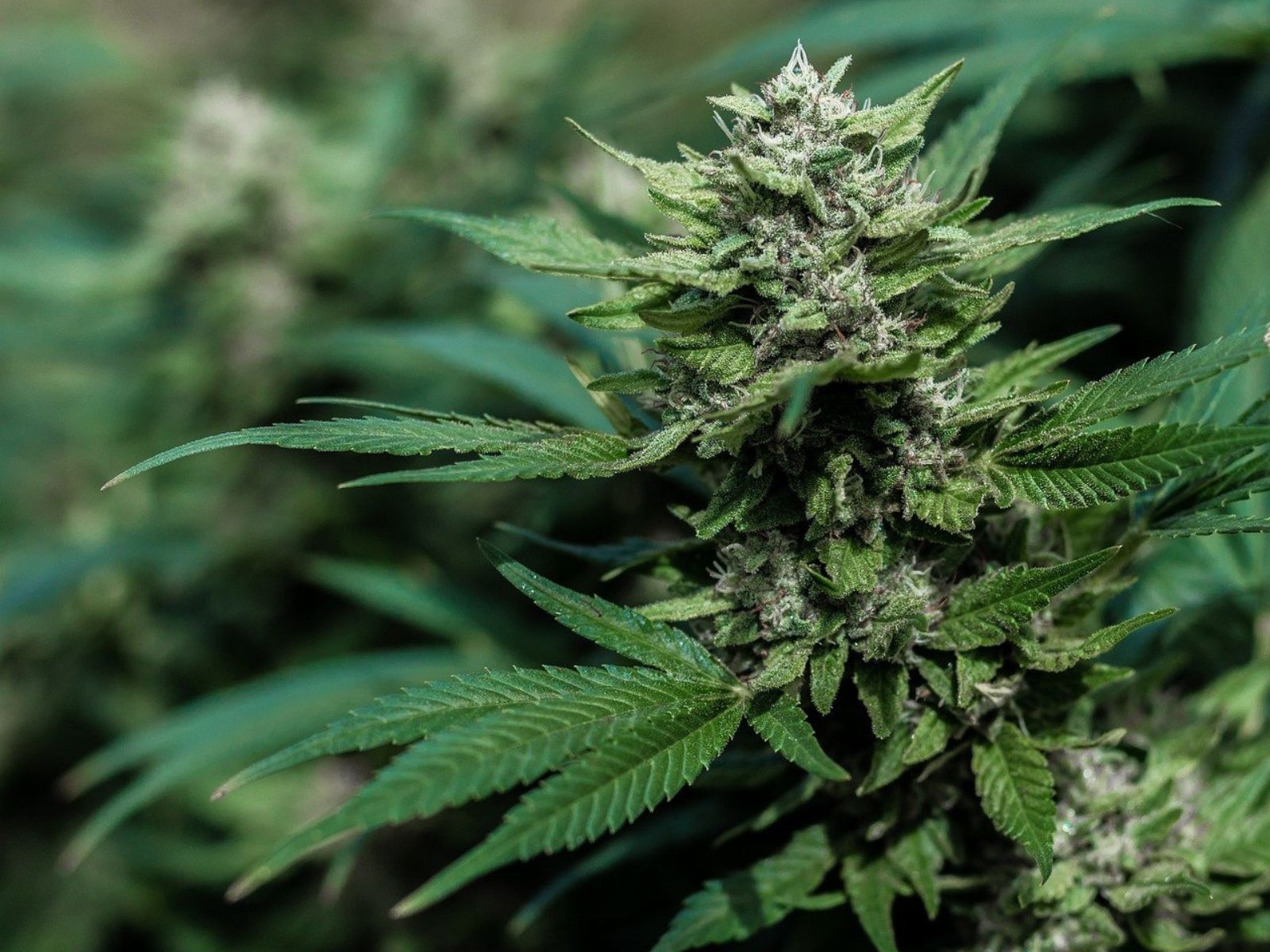
Israel’s Medical Cannabis Patient Total Declines

Israel’s Medical Cannabis Patient Total Declines
Israel has served as a top jurisdiction for medical cannabis policy, industry, and research for many years. Cannabis for medical use by suffering patients was first legalized in Israel in the 1990s, although the nation’s medical cannabis program has evolved over time.
The late, great Dr. Raphael Mechoulam conducted his historic research in Israel, having first identified the structure of cannabidiol (CBD) and delta 9-tetrahydrocannabinol (THC) all the way back in the 1960s. After several years of witnessing its registered medical cannabis patient total increase year-over-year, Israel’s patient total is now in decline.
A researcher based in Israel, and affiliated with Ariel University, recently conducted an examination of medical cannabis patient data as part of a study. The researcher’s findings were published in the Journal of Cannabis Research.
“Since its initial approval in 1992, medical cannabis (MC) in Israel has undergone extensive regulatory and structural transformation. This study aims to present the most comprehensive retrospective analysis to date of the evolving MC policy framework in Israel and its impact on patient access, prescribing patterns, and treatment characteristics from 2011 to 2025.” Joshua Aviram, the Ariel University researcher who conducted the investigation, wrote about the focus of his investigation.
“The study included a longitudinal review and secondary analysis of monthly Israeli Medical Cannabis Unit (IMCU) reports, covering key parameters such as the number of active licenses, indications, dosage patterns, product types, healthcare provider involvement, and importation data. Regulatory milestones and reforms were mapped to observed shifts in these parameters, with particular attention to the transition to per-product pricing (2019), the decentralization of prescription authority to trained physicians (2020), and the Health Maintenance Organization (HMO)-led prescribing reform (2024).” the researcher stated about his methodology.
“The number of active MC licenses increased markedly by over 4,400% from 3,097 in 2011 to a peak of 140,483 in January 2024. This growth coincided with expanded indications, broader pharmacy access, and prescribing authority beyond IMCU physicians. The 2024 HMO-led reform, followed by a 7.5% gradual decline to 129,900 active MC licenses and prescriptions on March 2025, alongside incomplete reporting of prescription indications data.” the researcher found.
“While preliminary MC medicalization improved access, recent decentralization efforts have introduced new challenges related to oversight and data transparency, plausibly reflecting stricter HMO gatekeeping, transition frictions, and the post-investigation non-renewal of irregular licenses (hypothesis given current data gaps), that may be associated with a decline in active MC licenses.” the researcher concluded.
“By March 2025, chronic non-cancer pain accounted for about 63 percent of all active medical cannabis licenses, up from 53 percent in December 2020. Post-traumatic stress disorder was the second most common diagnosis, rising from about 9 percent to 17 percent over the same period, an increase of roughly 89 percent.” The Jerusalem Post stated in its local coverage.
Share article
Ticket Prices increase
JANUARY 28

Ticket Prices increase
JANUARY 28

Join Our Awesome Community
Join Our Awesome Community
Join Our Awesome
Community
Get all the latest industry news
delivered to your inbox








